This paper explores the benefits and drawbacks of using carbon dioxide in solar thermal systems at medium and high operating temperatures. For medium temperatures, application of CO2 in non-imaging-optics based compound parabolic concentrators (CPC) combined with evacuated-tube collectors is studied. These collectors have been shown to obtain efficiencies higher than 40% operating at around 200℃ without the need of tracking. Validated numerical models of external compound parabolic concentrators (XCPCs) are used to simulate their performance using CO2 as working fluid. For higher temperatures, a mathematical model is implemented to analyze the operating performance of a parabolic trough solar collector (PTC) using CO2 at temperatures between 100℃ and 600℃.
1.
Introduction
Let $ q $ be an integer. For each integer $ a $ with
we know that [1] there exists one and only one $ \bar{a} $ with
such that
Define
The work [2] posed the problem of investigating a nontrivial estimation for $ r(q) $ when $ q $ is an odd prime. Zhang [3,4] gave several asymptotic formulas for $ r(q) $, one of which is:
where $ \phi(q) $ is the Euler function and $ d(q) $ is the divisor function. Lu and Yi [5] studied a generalization of the Lehmer problem over short intervals. Let $ n \geqslant 2 $ be a fixed positive integer, $ q \geqslant 3 $ and $ c $ be integers with
They defined
where $ 0 < \theta_1, \theta_2 \leqslant 1 $, and obtained
where the $ O $ constant depends only on $ n $. In addition, Xi and Yi [6] considered generalized Lehmer problem over short intervals. Han and Liu [7] gave an upper bound estimation for another generalization of the Lehmer problem over incomplete interval.
Guo and Yi [8] also found the Lehmer problem has good distribution properties on Beatty sequences. For fixed real numbers $ \alpha $ and $ \beta $, defined by
Beatty sequences are linear sequences. Based on the results obtained, we conjecture the Lehmer problem also has good distribution properties in some non-linear sequences.
The Piatetski-Shapiro sequence is a non-linear sequence, defined by
where $ c \in \mathbb{R} $ is non-integer with $ c > 1 $ and $ z \in \mathbb{R} $. This sequence was first introduced by Piatetski-Shapiro [9] to study prime numbers in sequences of the form $ \lfloor f(n)\rfloor $, where $ f(n) $ is a polynomial. A positive integer is called square-free if it is a product of distinct primes. The distribution of square-free numbers in the Piatetski-Shapiro sequence has been studied extensively. Stux [10] found that, as $ x $ tends to infinity,
In 1978, Rieger [11] improved the range to $ 1 < c < 3 / 2 $ and obtained
Considering the results obtained, we develop this problem by investigating
and range of $ c $ when $ q $ tends to infinity. By methods of exponential sum and Kloosterman sums and fairly detailed calculations, we get the following result, which is significant for understanding the distribution properties of the Lehmer problem.
Theorem 1.1. Let $ q $ be an odd integer and large enough,
we obtain
where the $ O $ constant only depends on c.
This paper consists of three main sections. Introduction covers the origins and developments of the Lehmer problem, along with several interesting results. It also presents relevant findings related to the Piatetski-Shapiro sequences. The second section includes some definitions and lemmas throughout the paper. The third section outlines the calculation process, where we use additive characteristics to convert the congruence equations into exponential sum problems. We then employ the Kloosterman sums and exponential sums methods to derive an interesting asymptotic formula.
2.
Preliminary lemmas
To complete the proof of the theorem, we need the following several definitions and lemmas.
In this paper, we denote by $ \lfloor t\rfloor $ and $ \{t\} $ the integral part and the fractional part of $ t $, respectively. As is customary, we put
The notation $ \|t\| $ is used to denote the distance from the real number $ t $ to the nearest integer; that is,
And $ \sum^{\prime} $ indicates that the variable summed over takes values coprime to the number $ q $. Throughout the paper, $ \varepsilon $ always denotes an arbitrarily small positive constant, which may not be the same at different occurrences; the implied constants in symbols $ O, \ll $, and $ \gg $ may depend (where obvious) on the parameters $ c \text{ and } \varepsilon $, but are absolute otherwise. For given functions $ F $ and $ G $, the notations
are all equivalent to the statement that the inequality
holds with some constant $ \mathcal{C} > 0 $.
Lemma 2.1. Let $ \mathbf{1}_{c}(m) $ denote the characteristic function of numbers in a Piatetski-Shapiro sequence, then
where
Proof. Note that an integer $ m $ has the form
for some integer $ n $ if and only if
So
Thie completes the proof. □
Lemma 2.2. Let $ H \geqslant 1 $ be an integer, $ a_h, b_h $ be real numbers, we have
Proof. In 1985, Vaaler showed how Beurling's function could be used to construct a trigonometric polynomial approximation to $ \psi (x). $ For each positive integer $ N $, Vaaler's construction yields a trigonometric polynomial $ \psi^* $ of degree $ N $ which satisfies
where
and $ \mathrm{sgn\; }(n) $ is the sign of $ n $. The Fourier transform $ \hat{J}(t) $ satisfies
To be short, we denote
There are more details in Appendix Theorem A.6. of [12]. □
Lemma 2.3. Denote
then
where $ (m, n, q) $ is the greatest common divisor of $ m, n $ and $ q $ and $ d(q) $ is the number of positive divisors of $ q $.
Proof. The proof is given in [13]. □
Lemma 2.4. (Korobov [14]) Let $ \alpha $ be a real number, $ Q $ be an integer, and $ P $ be a positive integer, then
Lemma 2.5. (Karatsuba [15]) For any number $ b $, $ U < 0 $, $ K \geqslant 1 $, let
then
Lemma 2.6. Suppose $ f $ is continuously differentiable, $ f^{\prime}(n) $ is monotonic, and
on $ I $, then
Proof. See [12, Theorem 2.1]. □
Lemma 2.7. Let $ k $ be a positive integer, $ k \geqslant 2 $. Suppose that $ f(n) $ is a real-valued function with $ k $ continuous derivatives on $ [N, 2N], $ Further suppose that
Then
where the implied constant is absolute.
Proof. See [12, Chapter 3]. □
3.
Proof of theorem
By the definition of Mobius function
it is clear that $ n $ is square-free if and only if
where $ \omega(n) $ is the number of prime divisor of $ n $. So
where
and
3.1. Estimation of $ R_{1} $
From Lemma 2.1, we have
where
Let
and $ \lambda(n) $ is Liouville function. When $ n \in R(q) $,
We just consider the first term of $ R_{11} $. Applying Euler summuation [1],
thus
For $ R_{12} $, by Lemma 2.2, we have
where
and
Define
then
By Lemma 2.2 and Eq (3.3),
Let
be an exponential pair. Applying Lemma 2.7, it's easy to see
thus
For $ R_{122} $, the contribution from $ h \neq0 $ can be bounded by similar methods of Eq (3.6). Taking
we obtain
It follows from Eqs ($ 3.5 $)–($ 3.7 $),
Hence
3.2. Estimation of $ R_{2} $
Similarly,
where
and
We also just consider the first term of $ R_{21} $.
It is easy to see
Since for integers $ m $ and $ a $, one has
This gives
From Lemma 2.3,
Note the estimate
holds. By Abel summation and Lemma 2.4, we have
To be short, combining Eqs (3.13)–(3.15), we denote
and
Let
making use of Lemma 2.5, we have
Insert it to $ R_{211} $, then
By the same method of $ R_{211} $,
Following from Eqs (3.10) and (3.11), estimations of $ R_{211} $ and $ R_{212} $,
By the similar method of $ R_{12} $ and $ R_{21} $,
where
and
It is obvious that
From the estimate
by partial summation,
For another term of $ R_{221} $,
We just need to give an estimation of the last part in (3.20). Similarly, let
then
By partial summation,
where
and
It is obvious that
Suppose $ q $ be large enough and for $ b > q^{\frac{1}{6}} $, when $ 2 \nmid d $ or $ q \nmid td^2 $,
and applying Lemma 2.6, we have
So
which means
We denote
thus,
With Eqs (3.18) and (3.19), we have
For $ R_{222} $, the contribution from $ h = 0 $ can be bounded by similar methods of $ R_{21} $, and the contribution from $ h \neq 0 $ can be bounded by similar methods of $ R_{221} $. Taking
we obtain
Following from Eqs (3.16), (3.22), and (3.23),
Hence, from Eqs (3.1), (3.8), and (3.24), we derive that
We need the error terms to be smaller than the main term, so
which means the range of $ c $ is $ (1, \frac{4}{3}) $. The reason why the range of $ c $ is changed is that $ R(c; q) $ requires $ q $ large enough.
4.
Conclusions
In this paper, we generalize the Lehmer problem by considering the count of square-free numbers in the intersection of the Lehmer set and Piatetski-Shapiro sequence when $ q $ is an odd integer and large enough. By methods of exponential sum and Kloosterman sum, we study its asymptotic properties and give a sharp asymptotic formula as $ q $ tends to infinity.
Based on this result, we will consider some distribution problems similar to the Lehmer problem with more special sequences, which is significant for understanding the distribution properties of those problems.
Author contributions
Xiaoqing Zhao: calculations, writing and editing; Yuan Yi: methodology and reviewing. All authors have read and agreed to the published version of the manuscript.
Use of AI tools declaration
In preparing this manuscript, we employed the language model ChatGPT-4 for the purpose of grammatical corrections. It did not influence the calculations and conclusion in this paper.
Acknowledgments
This work is supported by Natural Science Foundation No.12271422 of China. The authors would like to express their gratitude to the referee for very helpful and detailed comments.
Conflict of interest
The authors declare that there are no conflicts of interest regarding the publication of this paper.











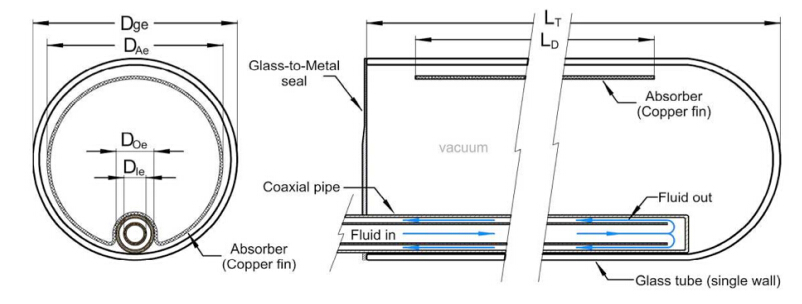
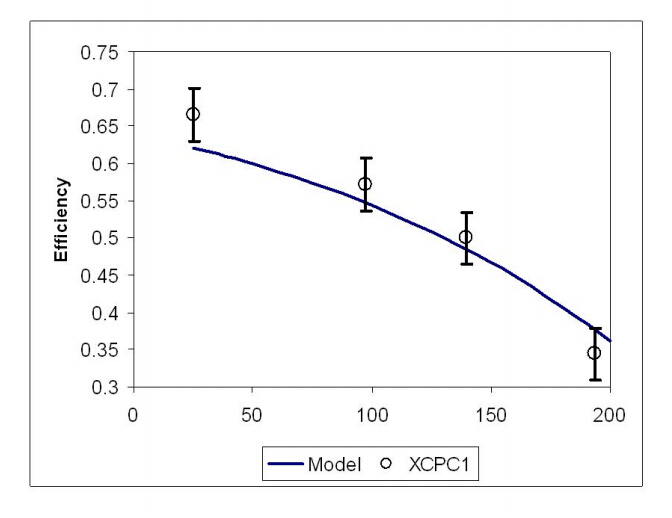
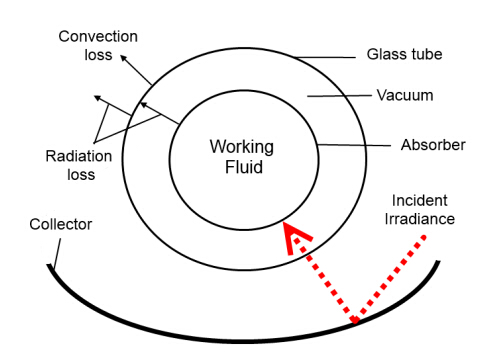
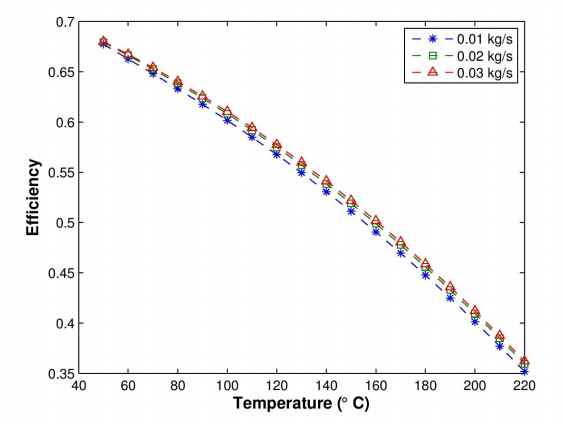
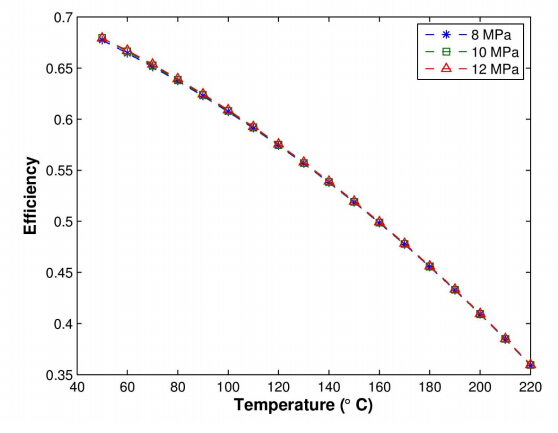
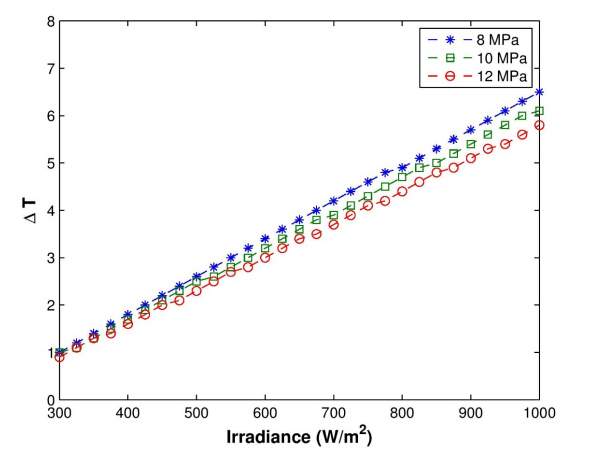
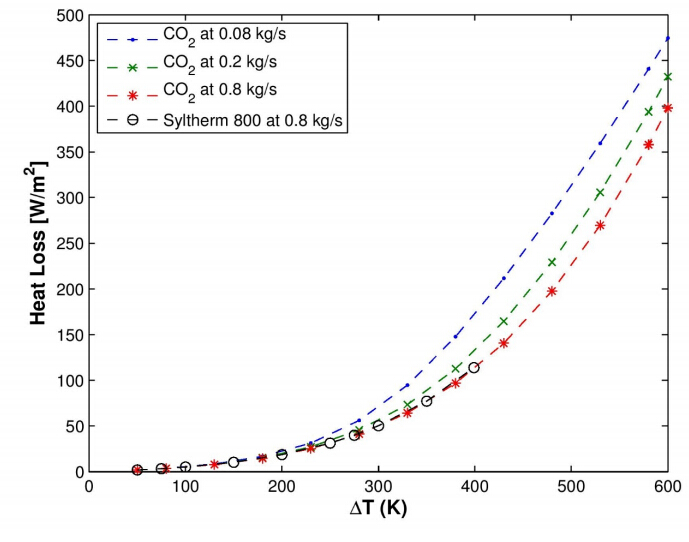


 DownLoad:
DownLoad: